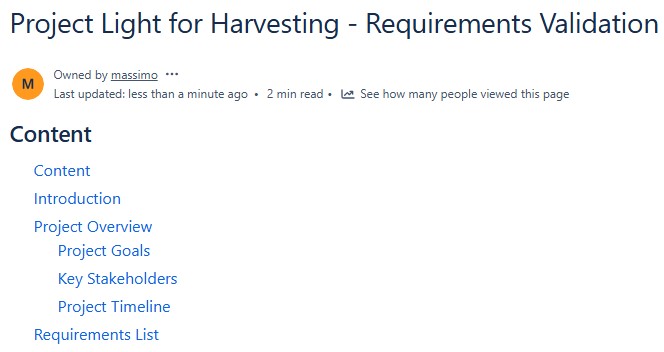Software development is never flawless — I’ve learned that through experience. No matter how precise we try to be, software bugs still find their way in. But what truly causes them, and how can we minimize their impact? In this article, I’ll uncover the main reasons behind software defects, from human errors to complex system interactions. I’ll also show how effective testing helps detect and resolve these issues early, preventing failures and ensuring more stable, reliable software products.
How Testing Safeguards Your Code
Software testing plays a critical role in quality assurance. When I test software, my goal is simple: catch problems before users find them. Therefore, I treat testing as an ongoing process. It starts early and continues throughout the project.
Because we test continuously, we can find failures quickly. This helps us fix them before they turn into bigger issues. In fact, testing isn’t just about code—it’s about understanding the system, the design, and the user’s needs. That’s why I always test software in various ways: manually, automatically, and under real-world conditions.
Now, let’s take a closer look at what actually causes those annoying software bugs.
Digging Into the Root Causes of Defects
Mistakes Developers (Like Me) Make
Almost every defect starts with a human mistake. I’ve seen how even a small misunderstanding in the specs can lead to major problems. For example, when a functional analyst misreads what a customer wants, the design might head in the wrong direction. And once the foundation is shaky, everything that follows will likely fail.

On top of that, coding mistakes happen all the time. Just imagine accidentally using a “greater than or equal to” sign instead of a “greater than” sign. That tiny change could lead to strange behavior when both values are equal. I’ve made that kind of mistake myself. And I’ve seen how it snowballs into unexpected software bugs.
Environmental Factors We Often Overlook
Some failures come from outside the code. Yes, you read that right. Sometimes, the environment causes the failure.
For example:
- I’ve watched software crash because hardware components overheated due to dust buildup.
- I’ve seen data get scrambled because power cables sat too close to unshielded data cables.
- Even magnets near a hard drive can mess things up. That’s not science fiction—it’s reality.
These failures are real. They might not involve direct coding mistakes, but they still lead to incorrect behavior.
Clear Terms Prevent Confusion
It’s easy to mix up terms like bug, error, defect, failure, and mistake. I used to confuse them too. But they mean different things, especially in professional testing environments like ISTQB.
Here’s how I break them down:
- Error: A human makes a wrong move. That’s the root cause.
- Defect: The result of that error, left behind in the software.
- Failure: What happens when the software runs and hits that defect.
The term bug is more casual. It’s what most people say when something doesn’t work. But knowing the difference helps me decide how to fix things properly.
Bad Requirements, Bad Results
Believe it or not, many problems start way before anyone writes a single line of code. I’ve seen entire projects go sideways because of unclear requirements. If the specification is vague, conflicting, or just plain wrong, it sets us up for failure.
In those cases, the error is on the person who wrote the requirement. The defect then ends up in the design, and the failure pops up during testing. That’s why I always double-check user stories and requirements. Prevention starts there.
Catching Issues Before Users Do
Catching defects early makes a huge difference. That’s why I use reviews—code reviews, architecture reviews, even document checks. I also run tests that simulate how users will actually interact with the system.
Sometimes, I even break the software on purpose just to see how it reacts. Strange? Maybe. But it works.
We test not just to find bugs—but to understand them, fix them, and make sure they don’t come back.
Wrapping Up: Stop Bugs Before They Spread
Software bugs happen. They’re part of the game. But when we understand their causes—whether from human error, environmental factors, or poor documentation—we can tackle them head-on.
As a developer and tester, I’ve learned that constant communication, rigorous reviews, and thorough testing can significantly reduce defects. So yes, software bugs may always exist. But with the right mindset and tools, we can outsmart them.
And that’s exactly what I aim to do—one test at a time.
What’s Next?!
Now that you understand where software bugs come from and how they affect quality, it’s time to focus on prevention. The key lies in a well-structured testing approach. Want to learn how to plan, organize, and execute tests that truly make a difference? Continue reading my next article — Software Testing Process: A Complete Guide — and discover how a strong testing process keeps bugs under control and software performance at its best.
Credits: Photo by cottonbro studio from Pexels




